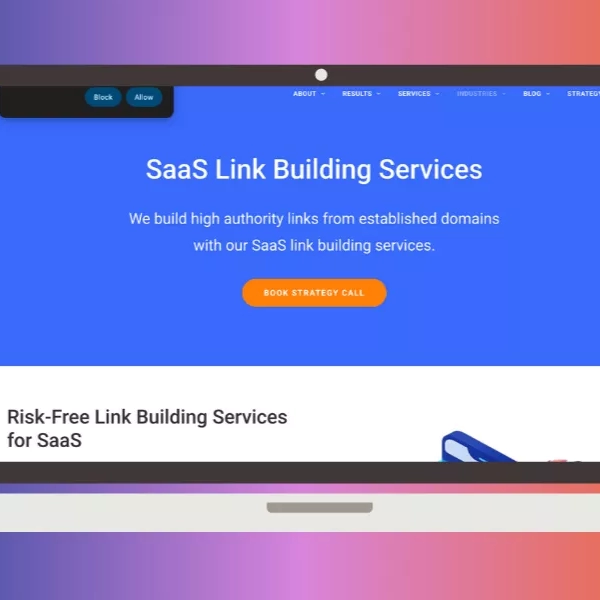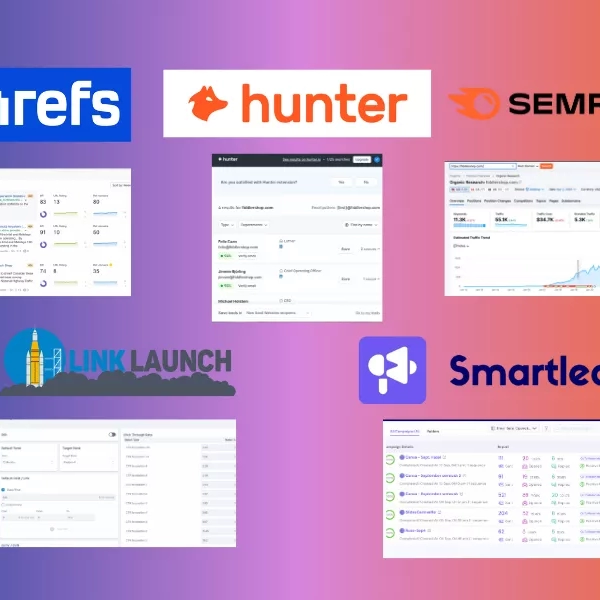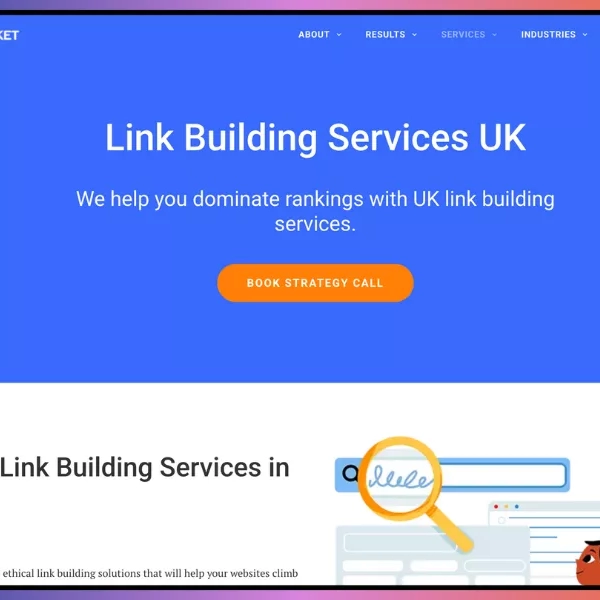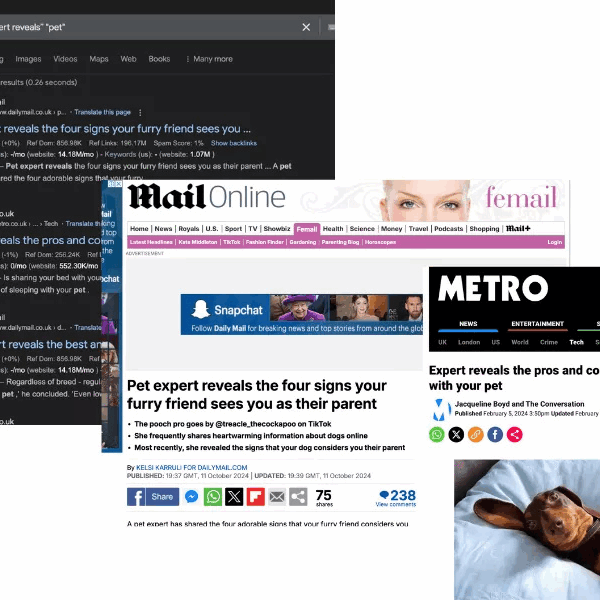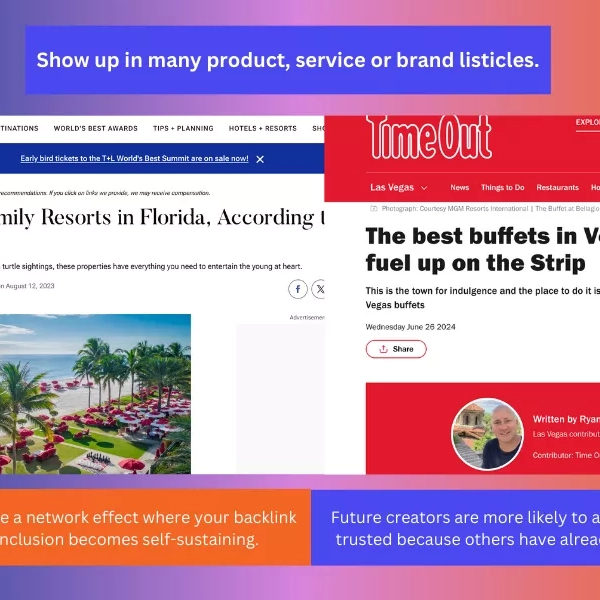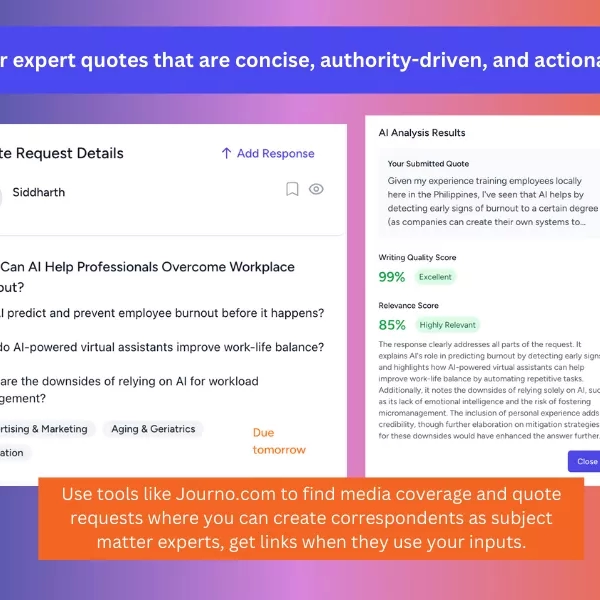
Venchito Tampon is the CEO and Co-Founder of SharpRocket, a link building agency based in the Philippines, he thrives at the intersection of SEO strategy and digital PR, helping global brands in SaaS, legal, and finance earn high-authority backlinks that move the needle.
With over 12 years of hands-on SEO experience, Venchito’s insights have been featured in Semrush, Ahrefs, Search Engine Journal, and Forbes.
Before becoming a founder, he worked as a content strategist and trained SEO teams from the ground up. Outside the office, he writes about leadership, mentors aspiring entrepreneurs, and speaks at international conferences—from Singapore to Sydney. When he’s not analyzing backlink profiles or crafting outreach campaigns, you’ll find him nose-deep in business books, or hanging out with his daughter Naomi.
You can follow Venchito on X and Linkedin.
Education:
- Polytechnic University of the Philippines (B.S. Accountancy)
- Kainos Bible School (B.S. Theology)
Certifications:
- YOUNique DISC Personality Development Coach by Jayson Lo
- GENOS Emotional Intelligence Practitioner
Professional Accomplishments:
- Conference Speaker, SEO Zraz
- Conference Speaker, Affiliate Summit APAC
- Conference Speaker, Digital Marketing Europe Conference
- Conference Speaker, Search Marketing Summit Australia
- Author, SERPStat
- Author, Search Engine Journal
- Author, Raven Tools
- Author, Rankwatch
Affiliations:
- GoNegosyo Philippines Mentor
- Former Board of Director, Elevaxion Inc.
Articles by Venchito Tampon
December 17, 2025
The 9 Best SaaS Link Building Services in 2026
SaaS is a continuously growing yet increasingly competitive…
December 17, 2025
Best Link Building Tools For SEO [2026 Honest Review]
As considered to be the UK’s best link building…
December 17, 2025
The 5 UK’s Best Link Building Services in 2026 [Honest Review]
Link building services can be a huge asset to your…
December 17, 2025
Ecommerce Link Building: Actionable and Proven Tactics for 2026
In 2026, you’ll see the savviest SEOs moving into…
December 17, 2025
How to Get Backlinks in 2026 [Leveraging What Works]
Take it from someone who’s been building backlinks…
December 17, 2025
Advanced Link Building Strategies in SEO for 2026
Backlinks remain one of the strongest signals that…
